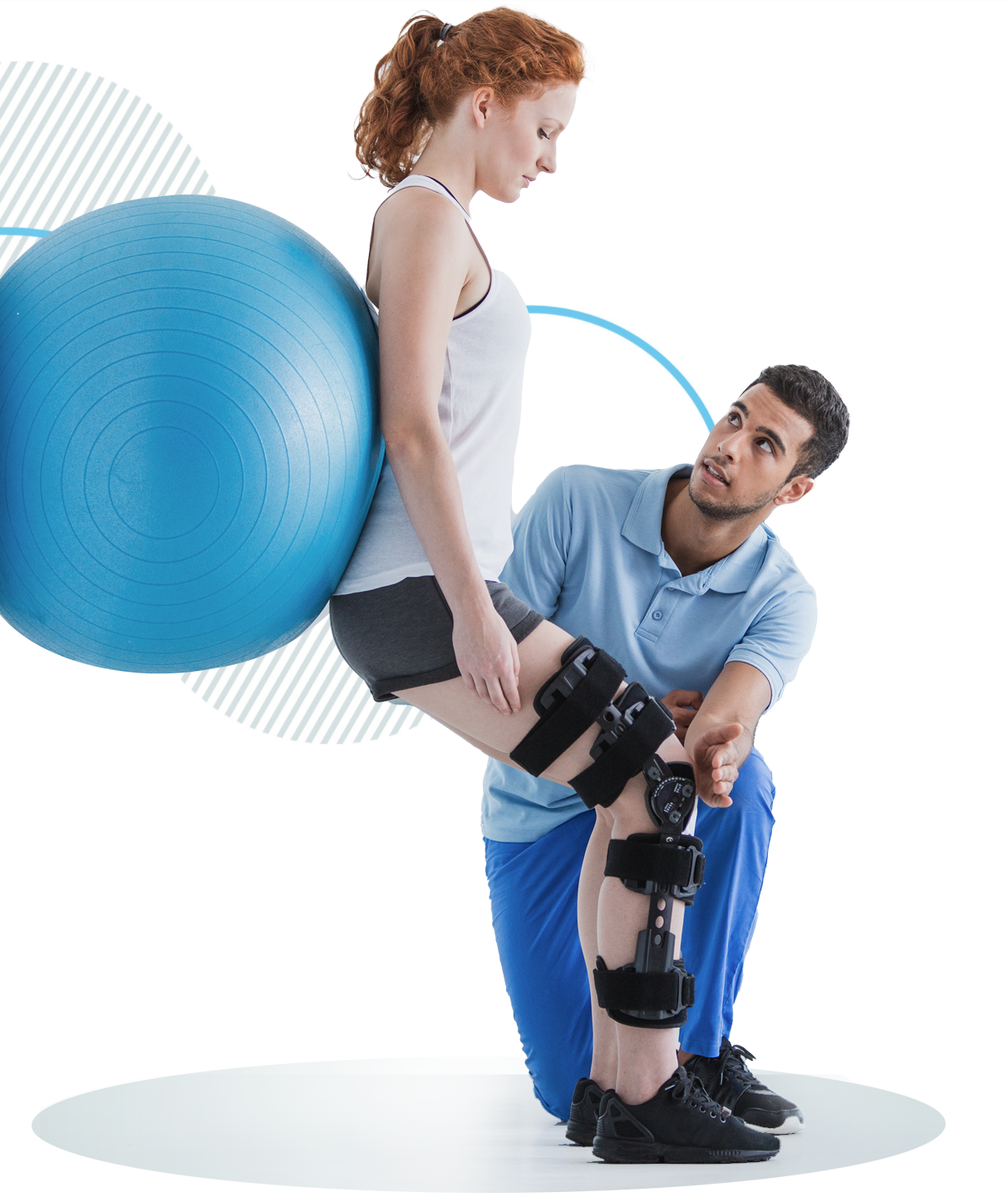Learn About Frequent Sports Ailments as well as Effective Recovery Strategies for Sports Players
Learn About Frequent Sports Ailments as well as Effective Recovery Strategies for Sports Players
Blog Article
Sports traumas are common among athletes of all ages and skill levels. These traumas can happen in various types, including ligament injuries, muscle injuries, breaks, and tendonitis. Comprehending the kinds of injuries that can occur during sports events is crucial for both prevention and treatment. Sprains, for example, entail the overextending or rupturing of ligaments, which connect skeletal structures at a articulation. Strains, on the contrary hand, affect muscles or tendon structures, which connect muscle tissues to bones. Identifying these injuries promptly can help sportspeople obtain appropriate treatment and return to their activity more rapidly.
One of the most commonly observed injuries in sports is the foot ligament injury. This injury often happens when an individual lands ungracefully or rotates their foot during a game. Signs of an ankle ligament injury include pain, inflammation, and trouble walking. Prompt care typically involves the R.I.C.E. approach, which stands for Rest, Cooling, Compression, and Lifting. This method helps minimize swelling and pain. In more serious cases, rehabilitative therapy may be necessary to restore power and flexibility to the ankle before returning to sports.
Another frequent injury is a muscular injury, which can occur in any athletic activity that requires sudden actions or heavy weight-bearing. Athletes may suffer a muscle strain when they extend a muscle too far or when they apply too great force. Signs include sharp discomfort, swelling, and muscle spasms. Recovery for muscle injuries often entails light stretching and conditioning exercises. Slowly raising activity levels is vital to prevent recurrence. Sportspeople should collaborate closely with a rehabilitative specialist to develop a safe and efficient rehabilitation strategy.
Tendonitis is another trauma that can affect athletes, particularly those who participate in frequent movements, such as runners or swimmers. This condition occurs when a tendon structure, which connects muscle to bone, gets swollen. Frequent areas affected by tendonitis include the elbow, shoulder, and leg. Signs often include discomfort and rigidity, especially explanation during activity. Care for tendonitis usually includes recovery, ice, and anti-inflammatory medications. In some situations, physical therapy may be recommended to enhance mobility and power in the injured area.
Preventing sports traumas is just as crucial as treating them. Sportspeople can minimize their chance of injury by warming up properly before events, using the appropriate equipment, and maintaining good fitness condition. Strength training and stretching workouts can assist ready the physique for the demands of sports. Additionally, sportspeople should pay attention to their bodies and take breaks when necessary. By comprehending frequent sports traumas and implementing efficient recovery plans, sportspeople can remain healthy and enjoy their beloved athletic activities for years to come.